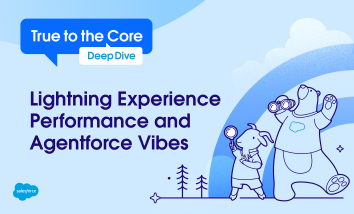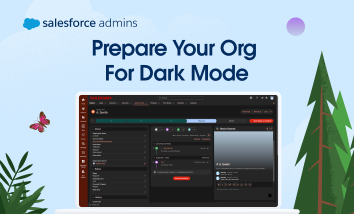At Salesforce, we love giving our admin community a closer look at what’s coming next. In this post, our product managers share sneak peeks of upcoming innovations designed to make your work easier, more efficient, and more impactful. Even if you couldn’t make it to Dreamforce 2025, you can still get a front-row seat to […]



 A friendly note from Codey about Partner Roles:
A friendly note from Codey about Partner Roles:

 Tip from Astro: Do you have many inactive users assigned to Roles you plan on deleting? Salesforce won’t allow you to delete a role unless there are no users assigned. Consider creating an “Old Employees” role for your distinguished alumni and migrate all of your inactive users to this role.
Tip from Astro: Do you have many inactive users assigned to Roles you plan on deleting? Salesforce won’t allow you to delete a role unless there are no users assigned. Consider creating an “Old Employees” role for your distinguished alumni and migrate all of your inactive users to this role. Another Astro Tip: You need to be on the lookout for any customizations that directly reference a role you may be removing, like validation rules, workflows, sharing rules, folder and list view access, apex, visualforce etc., which may need to be updated as part of this process.
Another Astro Tip: You need to be on the lookout for any customizations that directly reference a role you may be removing, like validation rules, workflows, sharing rules, folder and list view access, apex, visualforce etc., which may need to be updated as part of this process.


